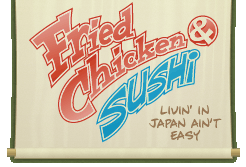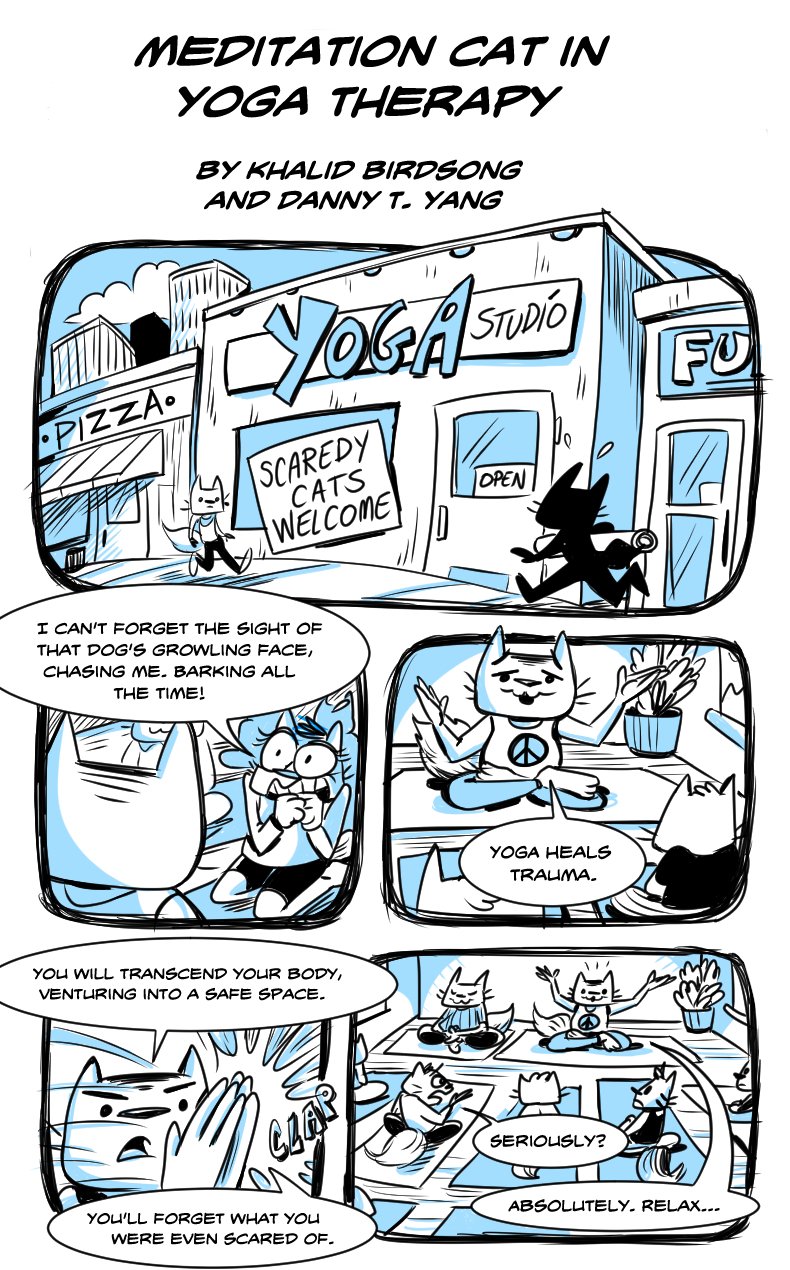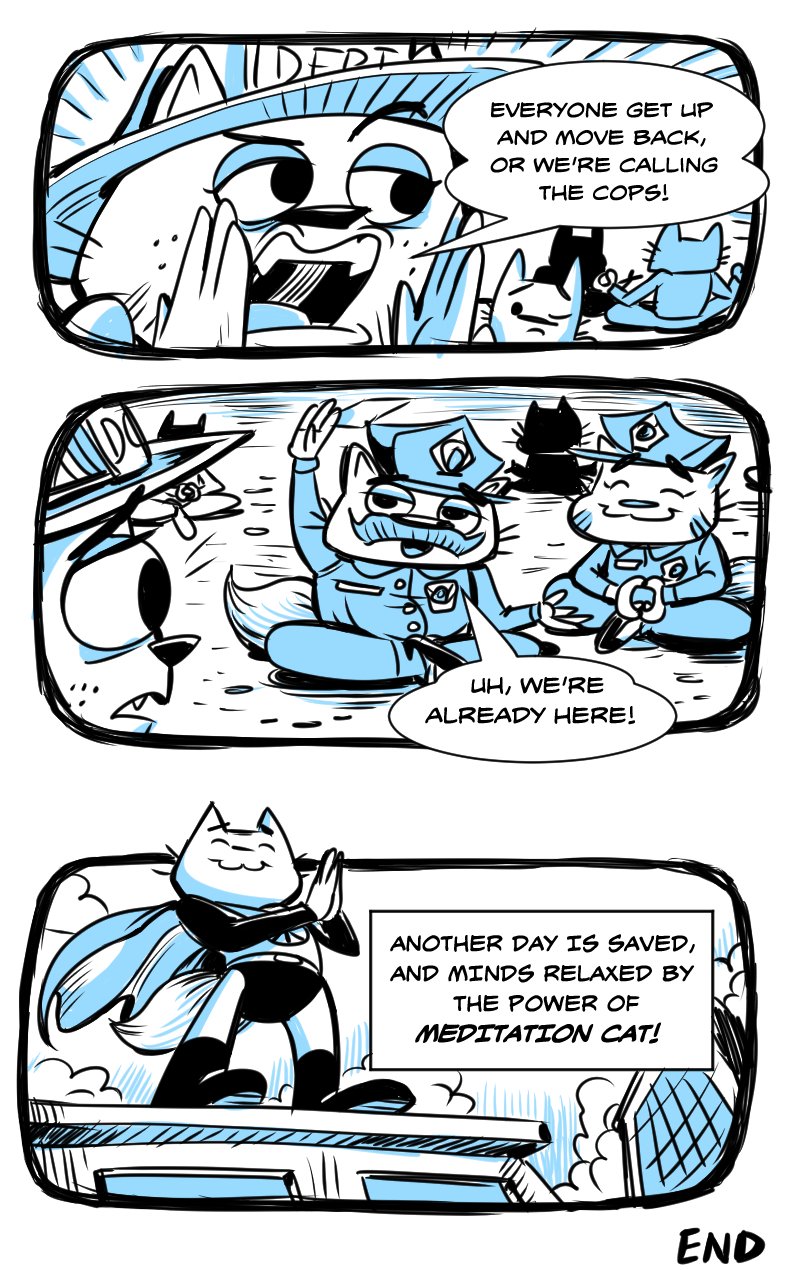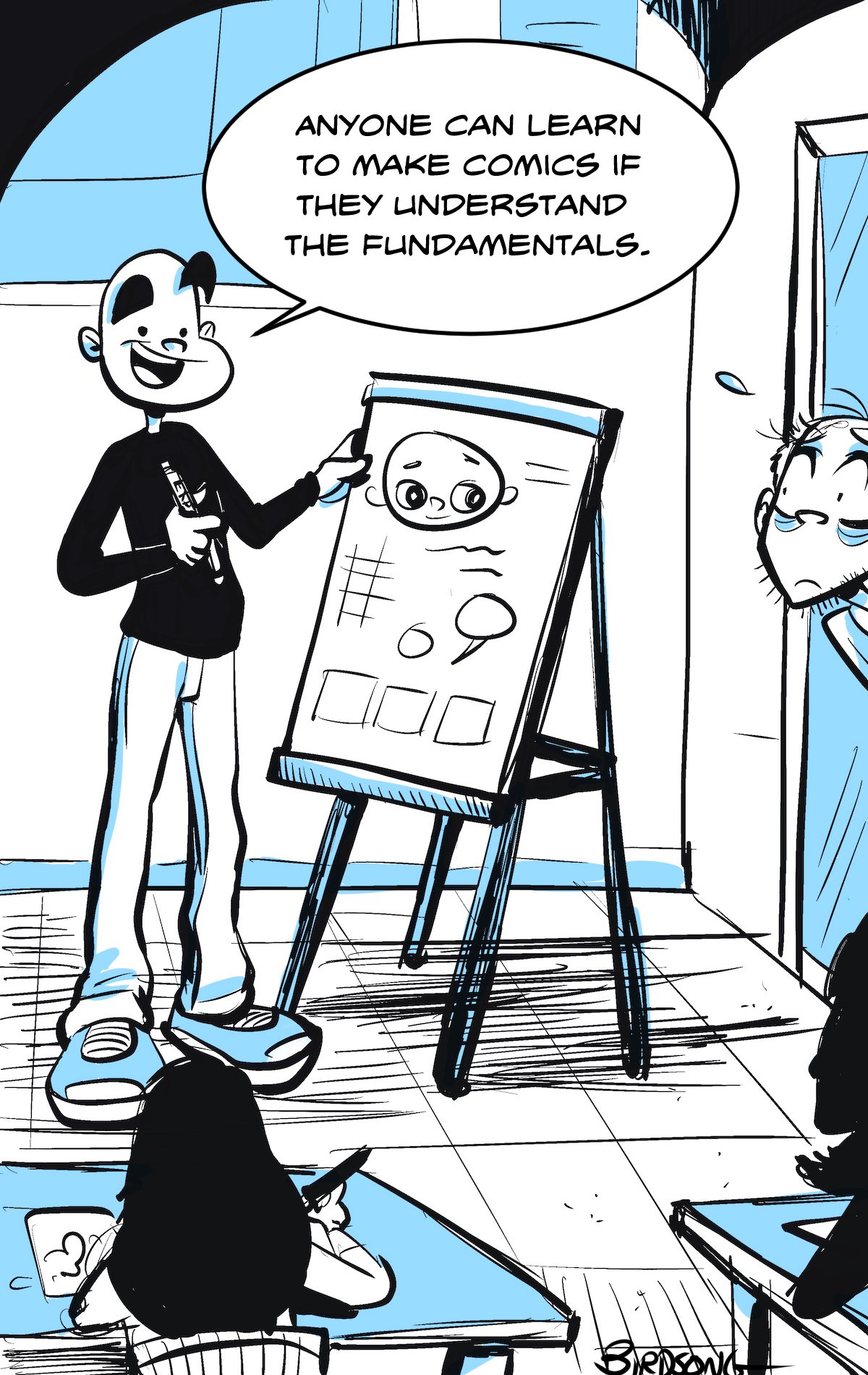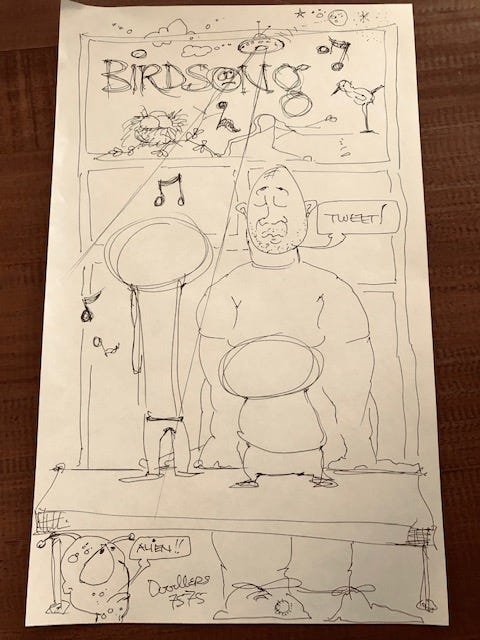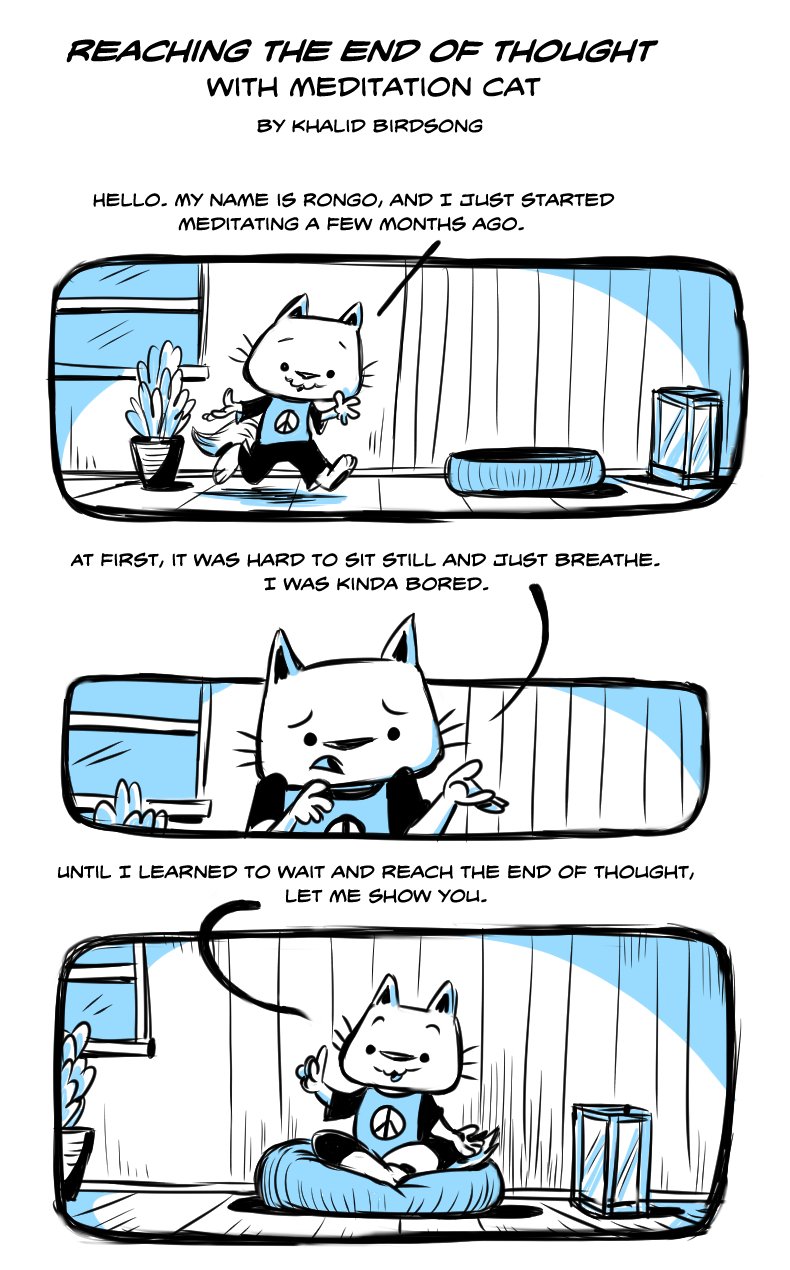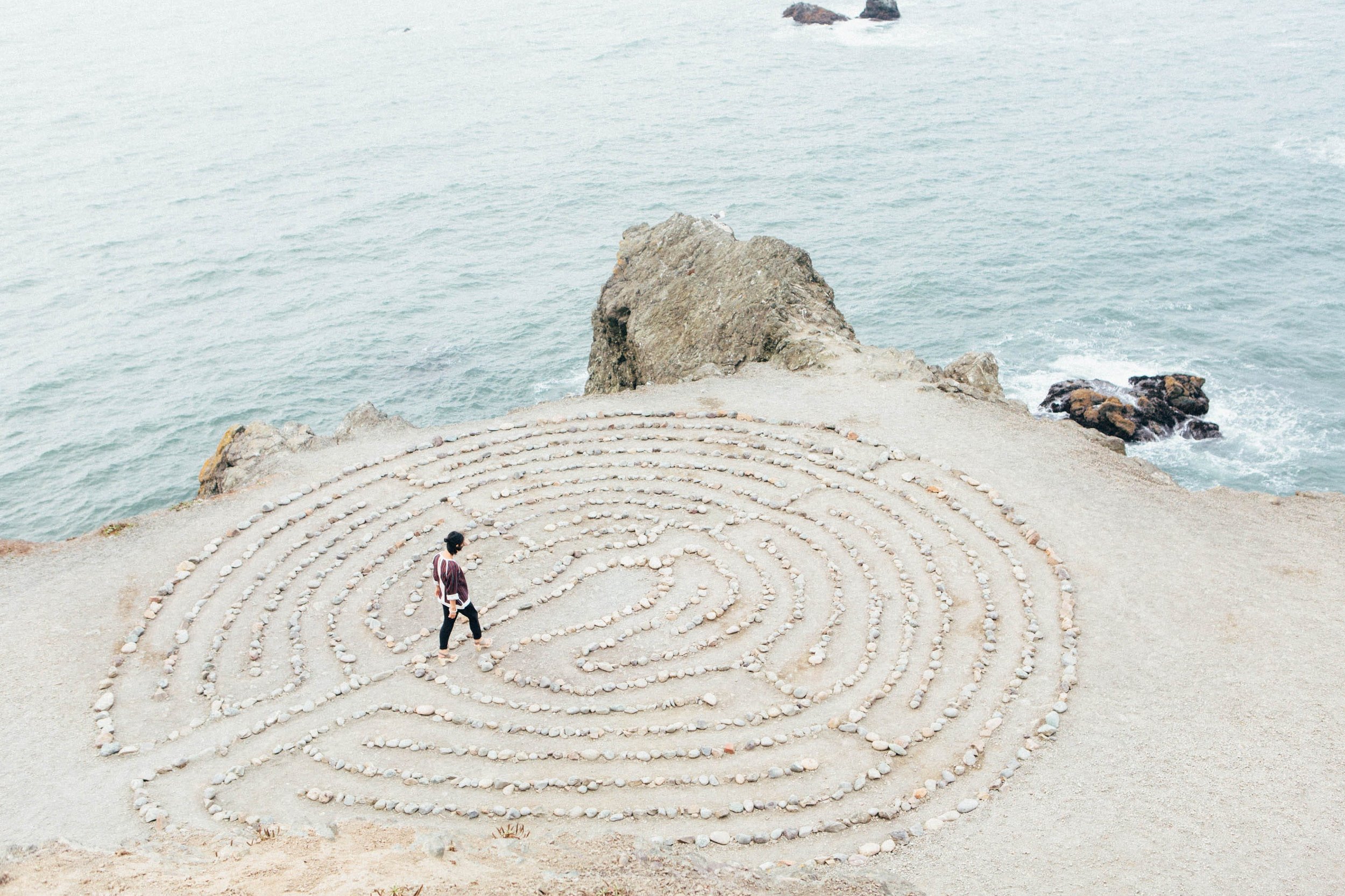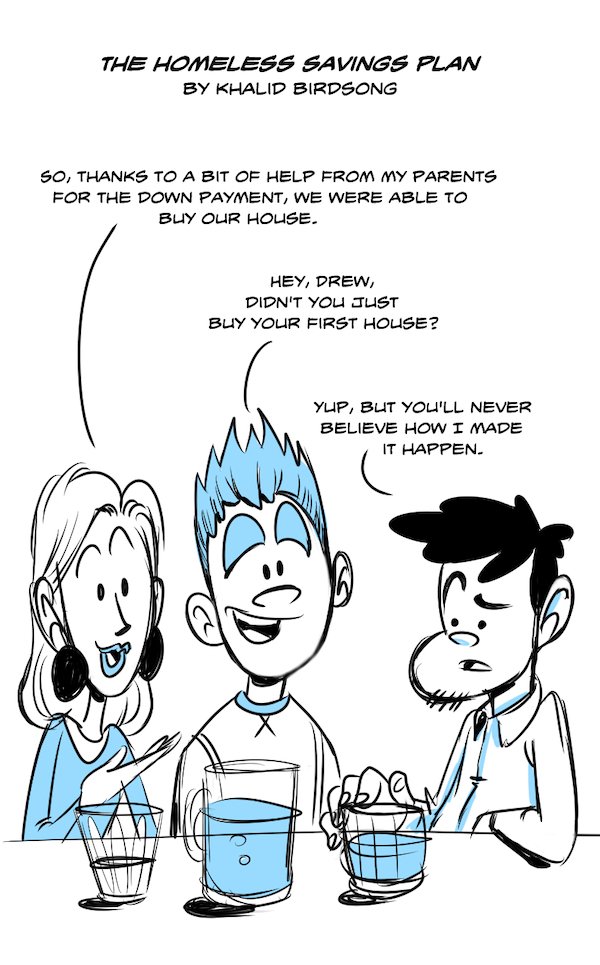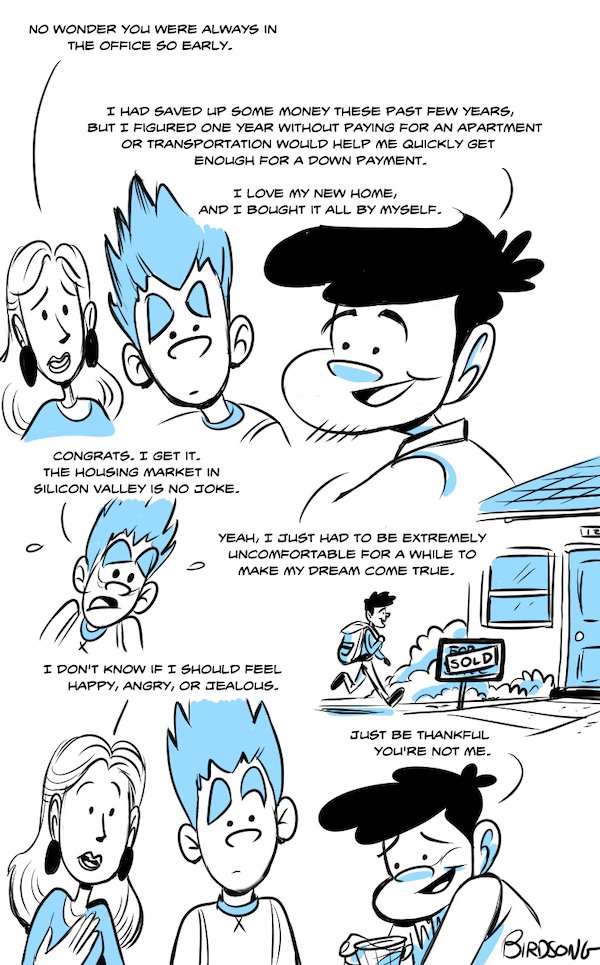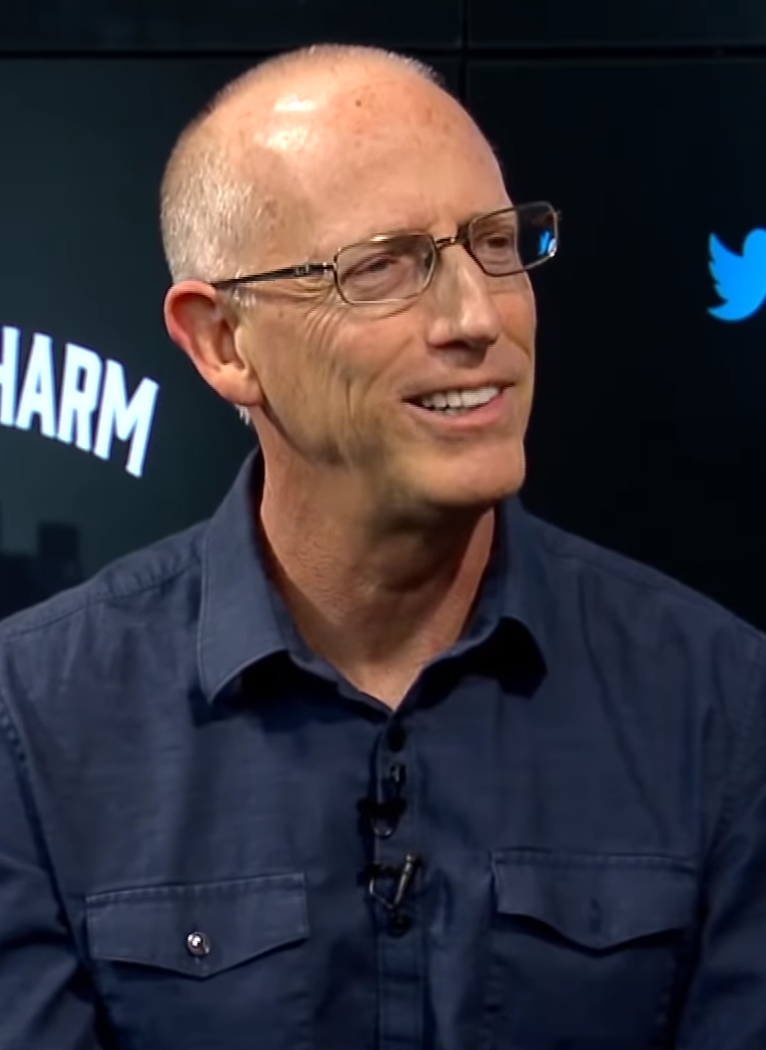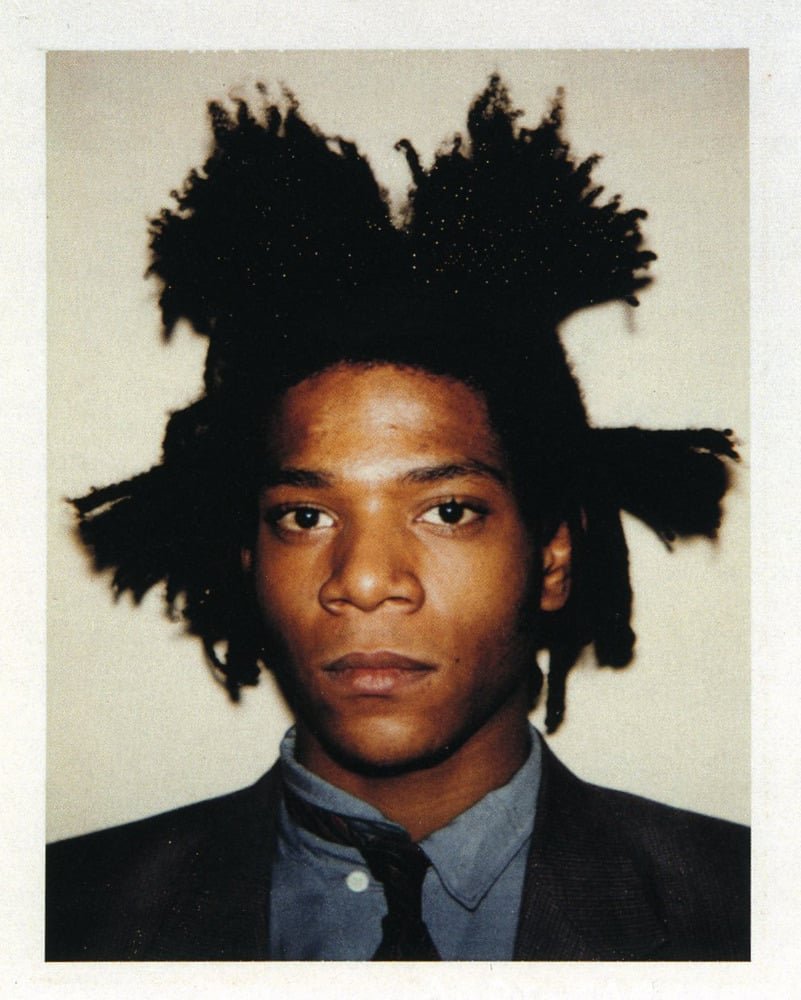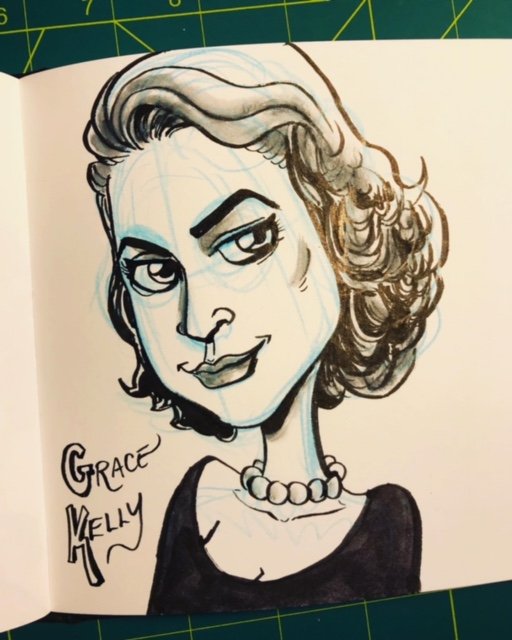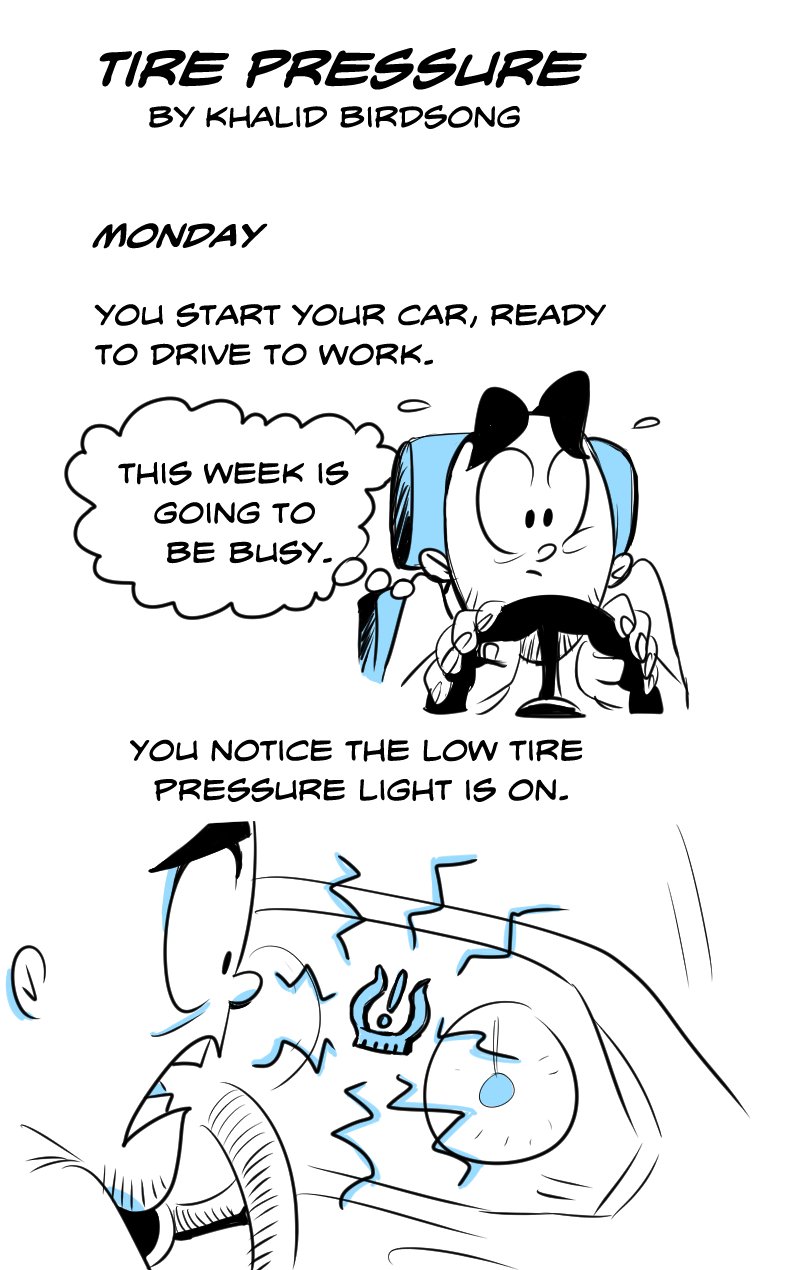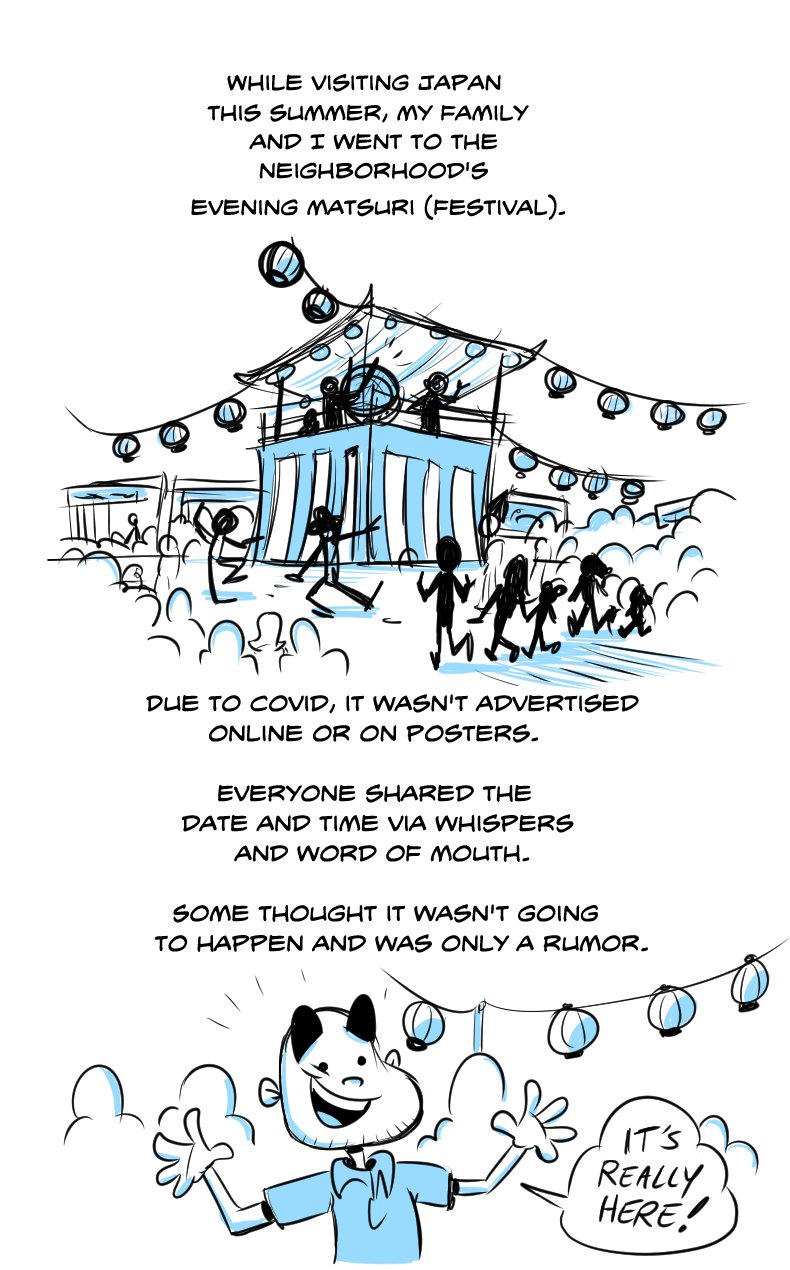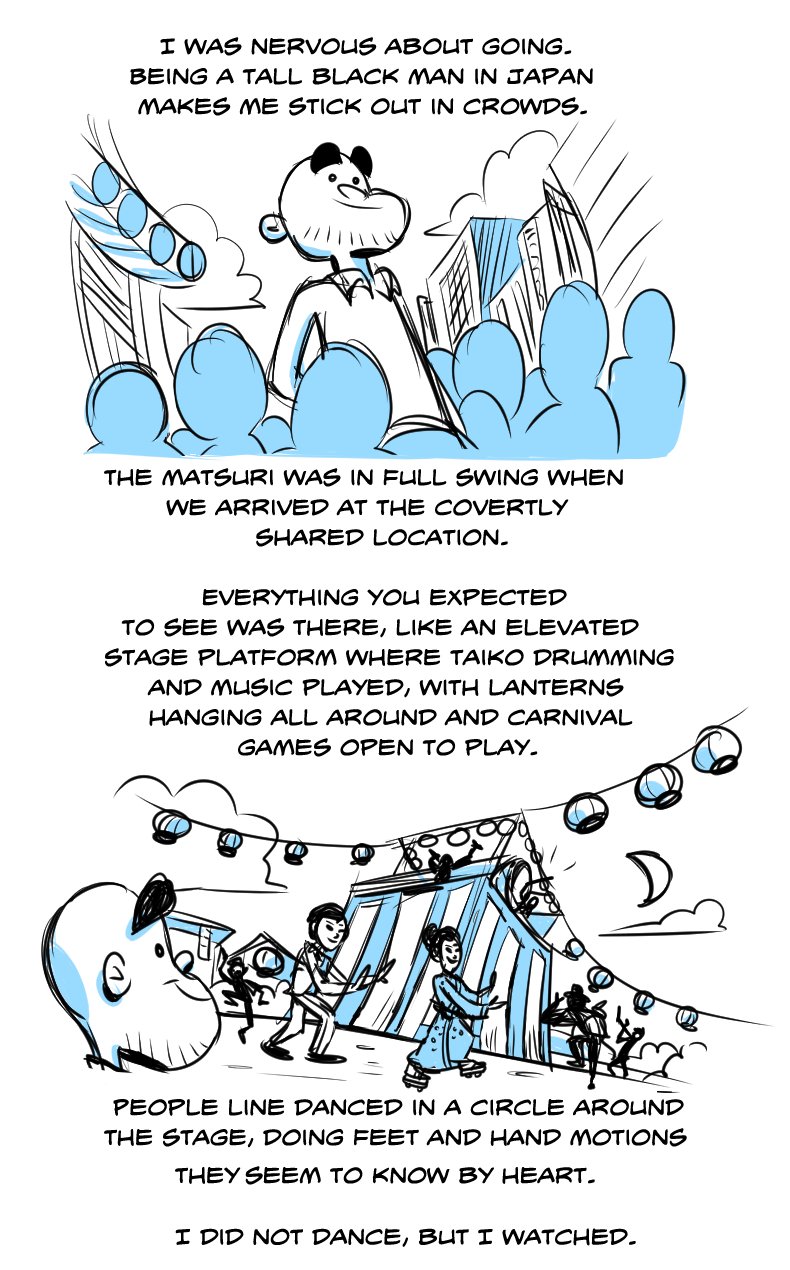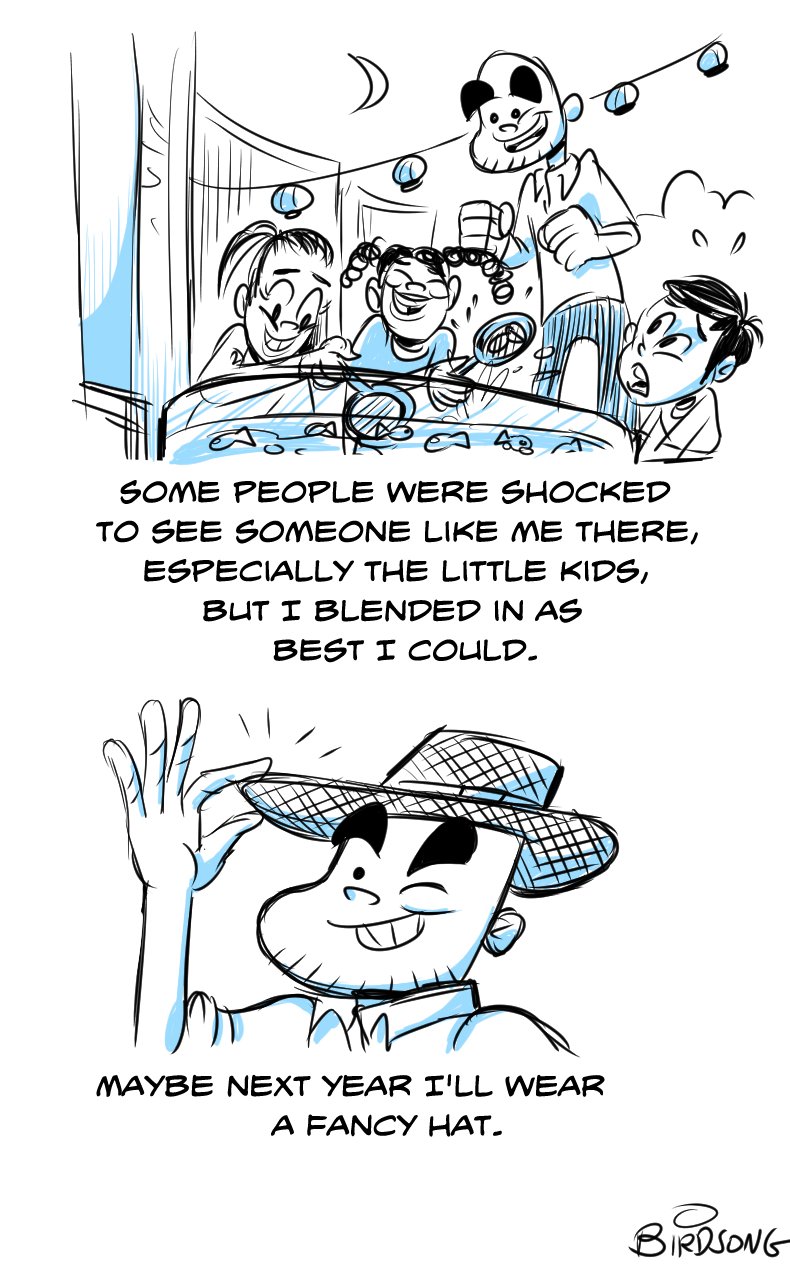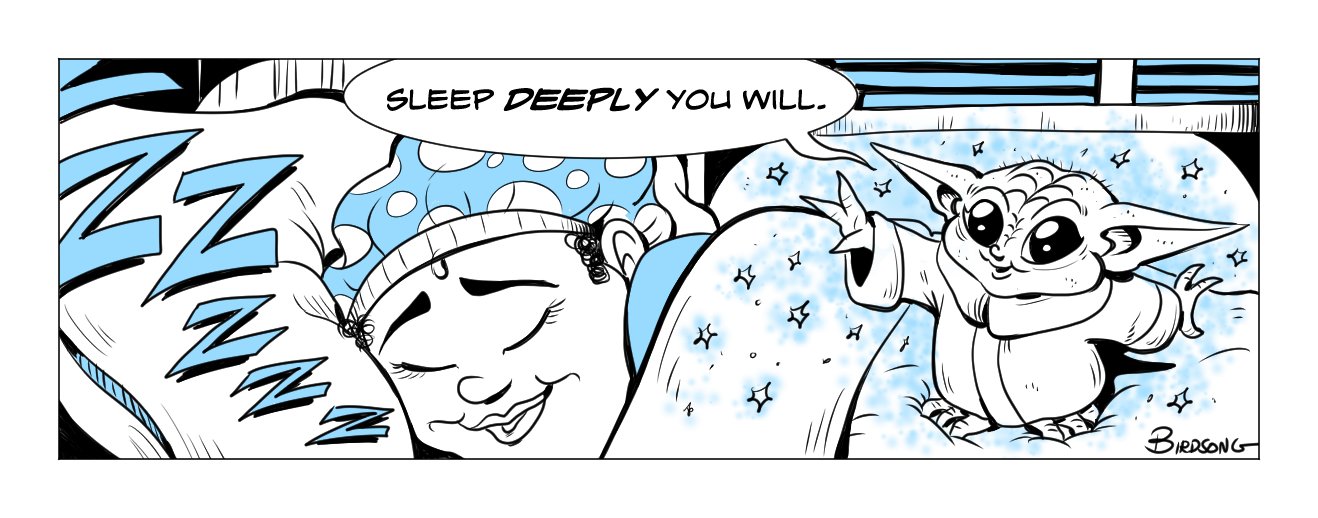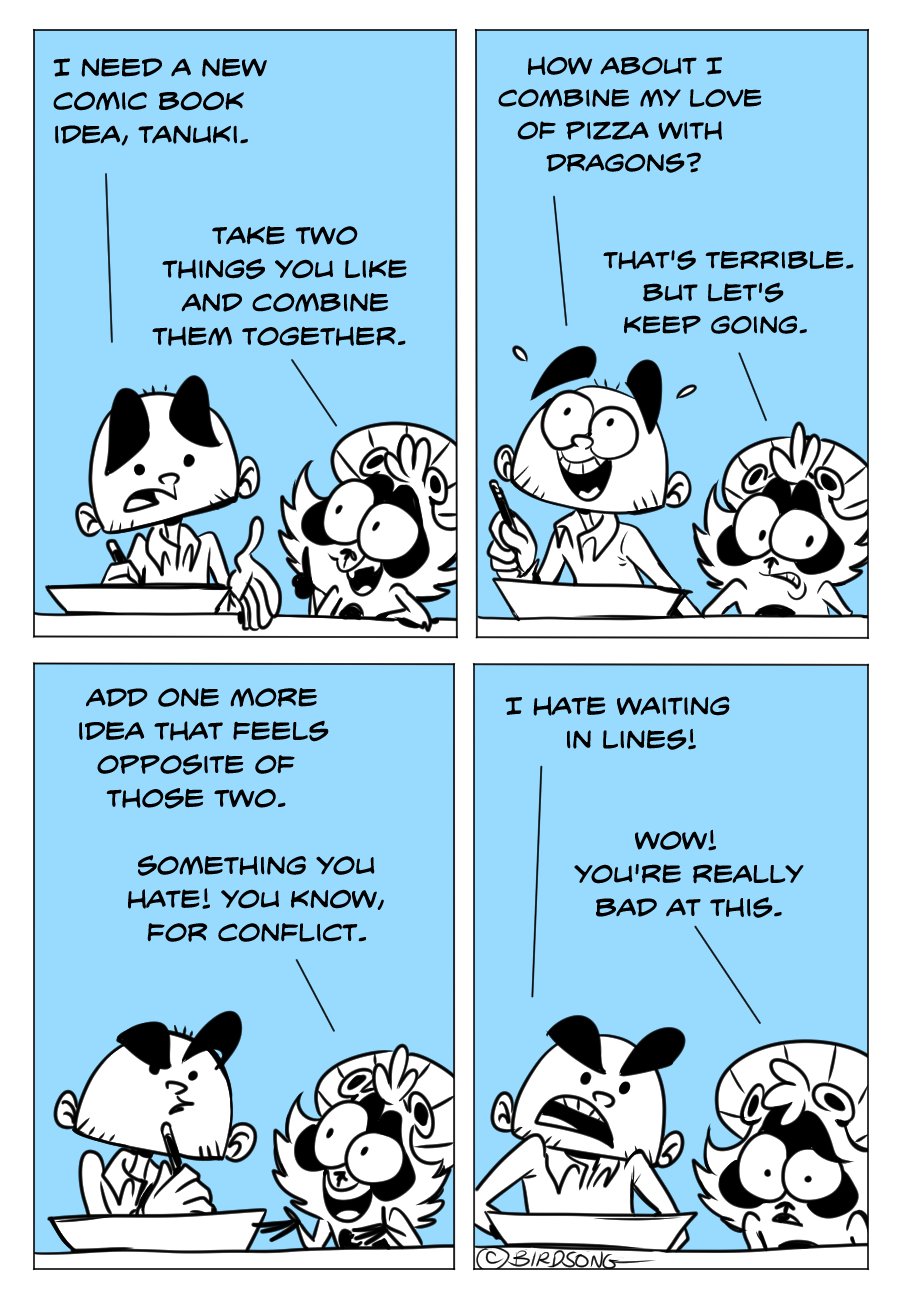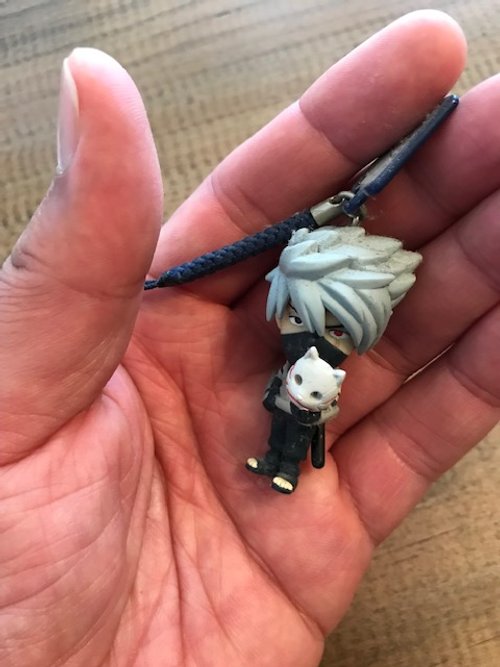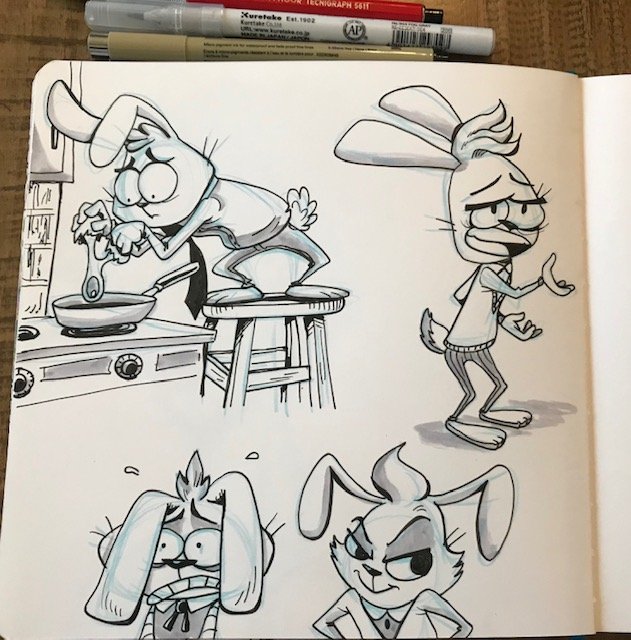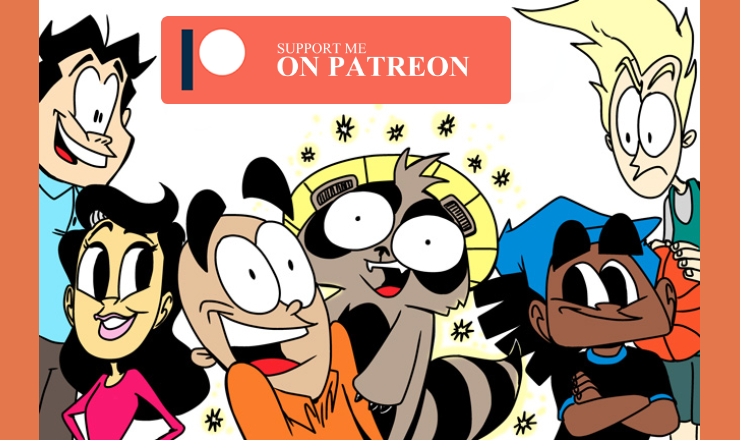Dear Scott,
You described Black people as members of “a racist hate group” during an online video show and ranted about how white people should distance themselves from all Black people.
Now that newspapers are, unsurprisingly, dropping your Dilbert comic strip and your syndicate is letting you go, you’re complaining about a lack of free speech in America and surprised you’re being “canceled?”
Listen, Scott, you can go on all the ridiculous racist rants you’d like in public, but you still have to deal with the consequences of your actions. You don’t get a pass.
No one is that famous.
As a Black cartoonist myself, not as famous as you are, of course, but my comic strip Little Fried Chicken and Sushi is syndicated online, also through Andrews McMeel on GoComics. I know how hard the weekly grind can be for publishing new strips consistently, and they must be funny and topical always without even a week off or break.
Making a syndicated comic strip is enjoyable but an endless marathon.
It can drive you crazy, but you’re also smiling and trying to make gags that get a laugh. Your over thirty years of drawing Dilbert for over two thousand newspapers worldwide is mighty impressive.
Why would you ruin all that, even though the pressure can drain you, by saying racist crap for attention? You’re already getting plenty.
It’s obvious you’ve been going too far for a while now, and perhaps you haven’t noticed how offensive you are. Some things aren’t funny, though.
Losing your career is a painful way to learn.
I don’t like what you did and am pretty pissed about it. But I’m not going to hate you. That would be too easy.
Let’s see if I can understand you. After all, I’ve read plenty of your comic strips and two of your books over the years, and I’d like to think I was one of your fans.
So what went wrong?
You play the victim like you’re expecting something from Black people.
On your Coffee With Scott Adams online video show, you said Black people are a hate group, citing a Rasmussen survey which shows nearly half of all Black people do not agree with the phrase “It’s okay to be white.”
Adams stated, “I would say, based on the current way things are going, the best advice I would give to white people is to get the hell away from Black people.”
I’m not sure if he’s trying to make a joke, but he states that at one time, he chose to identify as Black and didn’t get any respect for it. What the hell, Scott?!
Apparently, he had been identifying as Black “because I like to be on the winning team” and that he used to help the Black community. I’m not sure how, though.
Adams said the results of the Rasmussen poll changed his mind.
“It turns out that nearly half of that team doesn’t think I’m okay to be white,” he said and decided it was time to return to being white. “I’m going to back off from being helpful to Black America because it doesn’t seem like it pays off,” he said. “I get called a racist. That’s the only outcome. It makes no sense to help Black Americans if you’re white. It’s over. Don’t even think it’s worth trying.”
“I’m not saying start a war or do anything bad,” he added. “Nothing like that.
I’m just saying get away. Just get away.”
Do you want us to give you a medal for being a good person toward a minority group? Once again, I don’t know what he did to “help” Black people. I hope you don’t think finally adding a Black character to your comic strip counts.
I’m a Black man and a cartoonist. I don’t hate white people. I do dislike people who are racist and unwilling to see how closed-minded they are.
I guess you feel you should have the freedom to say whatever you want about Black people, and we won’t get angry or upset with you because you decided to care about us. That’s never going to happen. Being rude and racist is never okay. No matter how much you believe, you’ve done for people.
Think about it. What if you were friendly and helpful to women? Does that mean you can call them names or openly talk negatively about women just because you decided—in all of your high and mighty white male privilege—to be a good human being?
And doing all of this during Black History Month?
You should have expected severe backlash. Or, maybe that’s what you wanted.
You want to escape drawing a daily comic strip that isn’t working anymore
Leaving such a successful comic strip must be a challenge. I bet you’re sick of it and couldn’t figure out a way to escape. Writing gags about working in an office when you haven’t worked in one for years.
You can’t relate to today’s office worker. There’s no authenticity to your gags. Just idiocy. How can you get away from it all? Make everyone think you’re a racist, so they have no choice but to drop you.
I know how getting tired of a project feels and wanting to let it go. My Little Fried Chicken and Sushi strip on GoComics wasn’t working right, and I worked hard with my editor trying to improve it for two years.
After seven years of trying to find my humor and voice through the characters and gags, I ended the strip. Fortunately, GoComics runs the repeats twice weekly so new readers can find it and, hopefully, enjoy the years of work I put into the comic.
Admitting it wasn’t working was hard, but instead of going on a rant and blaming my readers, I fessed up to failing to make the comic successful.
Stopping production on my strip was easier because it wasn’t a big hit. If it were, maybe I would have felt the pressure to keep making it and trying to improve. I might feel trapped. Living inside that small comic-making factory might drive me to say insane things too.
But I doubt I’d turn to fear and hate like you, Scott. You should be ashamed of yourself.
The only upside to this is that you will get people rereading your comic strip and buying up all your books. Controversy, unfortunately, is a powerful drug people want to snort up their noses.
Look at me; I can’t stop talking about you.
I hope your next chapter includes more kindness, but I doubt it.
Unlike most cartoonists, you like to draw your cartoons and write blog articles and books. I respect that as someone who also clearly enjoys doing the same.
I hate to admit it, but you’re interesting.
You’re someone I’ve enjoyed watching and reading to hear your take. Also, I’ve learned how pushing to the edge of culture, and free speech can backfire on you. It’s a slippery slope, and I get that.
You may end up with only an alt-right white supremacy fan base from here on out, but I bet you’ll be able to make plenty of money speaking at Klan rallies and Donald Trump appearances. Probably not as much as you’re used to from those fat Dilbert paychecks rolling in over the years.
I hope you’ve saved your money.
Or, maybe it’s time to retire. You know, stop talking.
Yeah, the allure of the spotlight is too much to turn away from at this point. You’ve tasted success, felt the burn of controversy, and loved the attention. I’m looking forward to seeing how you spin this into something new.
Once again, I don’t hate you, but I’m happy you’ll stay away from Black people. We don’t need your racist rants or fake attempts at “helping.”
I don’t promote segregation, but in your case, I’m fine with you keeping your distance. Just leave us alone and do you.
All the best,
Khalid Birdsong
